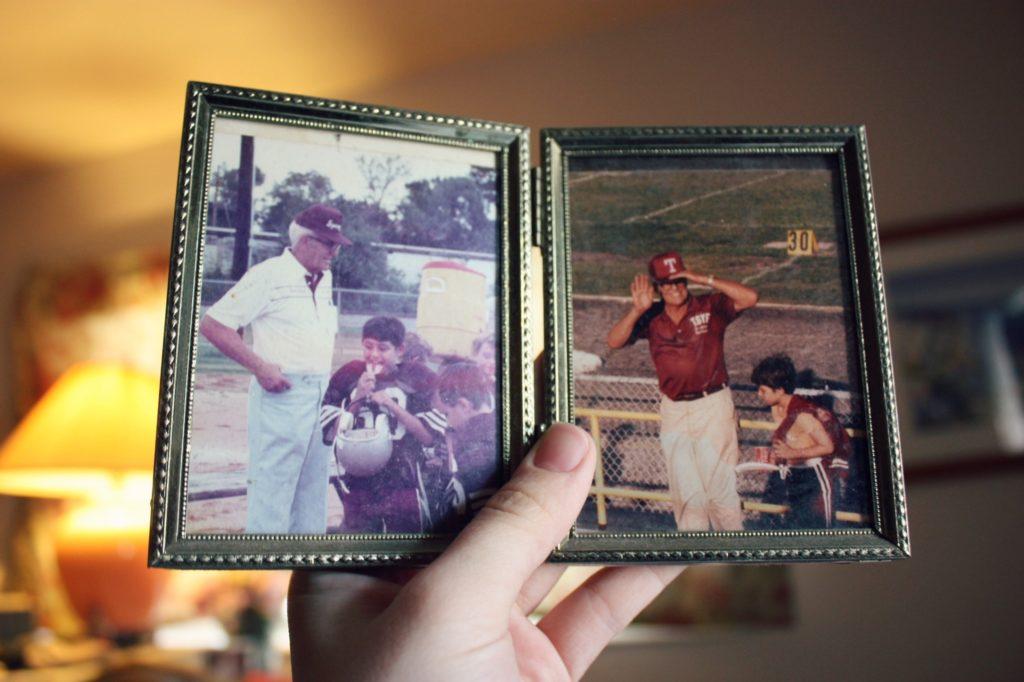What Monkeys Can Teach Your Nonprofit
 Babies can teach you the same thing.
Babies can teach you the same thing.
If one baby does something, the others will want to ape them.
“Monkey see, monkey do.”
This is actually a psychological principle of influence and persuasion known as “social proof.”
It’s best explored in the 1984 groundbreaking book, Influence: The Psychology of Persuasion, by Robert Cialdini. He outlines six principles of influence affecting human behaviors. They’re all well documented, and can be incredibly useful to fundraisers.
One of the most useful principles is the one we also know today as the “Yelp effect.” It’s a type of positive (or negative) word of mouth that can make or break your business. I know how often I’ve abandoned my cart after reading a negative review. You?
Word of mouth is perhaps the most powerful form of social media you can find, so it pays to leverage it to your advantage.
Even someone inclined to support your cause may not give unless you push the right buttons. Of all the ways to do that, social proof is among the easiest and most successful.
Details

 You bet!
You bet!
 In
In 

